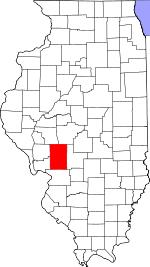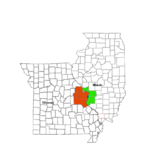
Jersey County is a county located in the U.S. state of Illinois. At the 2020 census, it had a population of 21,512. The county seat and largest community is Jerseyville, with a population of 8,337 in 2010. The county's smallest incorporated community is Otterville, with a population of 87.

Brighton is a village located mostly in Macoupin County and partially in Jersey County, Illinois, United States. As of the 2020 census, the village had a population of 2,221. The village's current mayor is Matthew P. Kasten.

Benld is a city in Macoupin County, Illinois, United States. The population was 1,464 at the 2020 census, down from 1,556 in 2010. It is located in the Metro-East portion of the Greater St. Louis metropolitan area.

Bunker Hill is a city in Macoupin County, Illinois, United States. The population was 1,630 at the 2020 census, down from 1,774 in 2010.
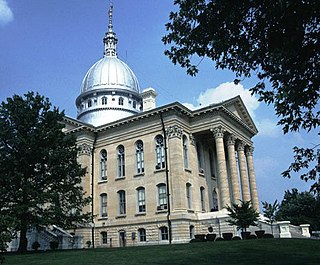
Carlinville is a city and the county seat of Macoupin County, Illinois, United States. As of the 2020 census, the population was 5,710.

Dorchester is a village in Macoupin County, Illinois, United States. The population was 133 at the 2020 census.

East Gillespie is a village in Macoupin County, Illinois, United States. As of the 2020 census, the village had a population of 269.

Gillespie is a city in Macoupin County, Illinois, United States, and part of the Metro East region of the St. Louis metropolitan area. The population was 3,168 at the 2020 census.

Hettick is a village in Macoupin County, Illinois, United States. The population was 149 at the 2020 census, down from 181 in 2010.

Medora is a village in Macoupin County, Illinois, United States. The population was 379 at the 2020 census, down from 419 in 2010.
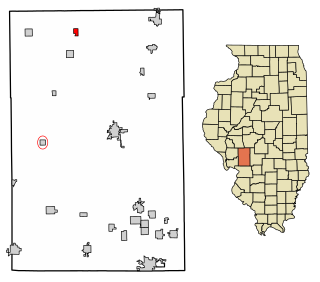
Modesto is a village in Macoupin County, Illinois, United States. The population was 182 at the 2020 census, down from 252 in 2000.

Nilwood is an incorporated town in Macoupin County, Illinois, United States. The population was 201 at the 2020 census, down from 284 in 2000.

Palmyra is a village in Macoupin County, Illinois, United States. The population was 605 at the 2020 census, down from 698 in 2010.

Shipman is a village in Macoupin County, Illinois, United States. The population was 511 at the 2020 census, down from 624 in 2010.

Staunton is the second largest city in Macoupin County, Illinois, United States. As of the 2020 census, the population was 5,054.

Virden is a city in Macoupin and Sangamon counties in the U.S. state of Illinois. The population was 3,231 at the 2020 census.
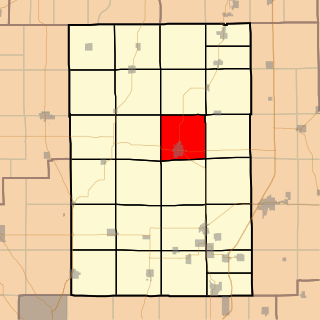
Carlinville Township is located in Macoupin County, Illinois, United States. As of the 2010 census, its population was 6,665 and it contained 2,947 housing units.
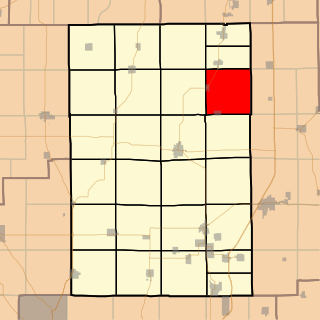
Nilwood Township is a township located in Macoupin County, Illinois, United States. Its township hall is located at McVey. In addition to McVey, its boundaries incorporate the towns of Nilwood and Standard City. As of the 2010 census, its population was 637 and it contained 293 housing units.
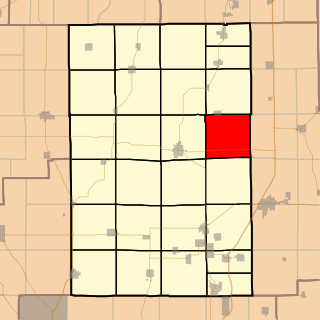
Shaws Point Township is located in Macoupin County, Illinois, United States. As of the 2010 census, its population was 532 and it contained 233 housing units.

South Palmyra Township is located in Macoupin County, Illinois, United States. As of the 2010 census, its population was 747 and it contained 380 housing units.

